(#124) 🇺🇸 The US 'technical' recession is here; 🥤 Starbucks has a plan
Harvard Business Review: “What’s the Future of Middle Management?
Dear #onStrategy reader,
Here is what you’ll find in this edition:
🇺🇸 The US is feeling the recession vibes
🥤 Is someone at Starbucks reading this newsletter?
👨💼 Harvard Business Review: “What’s the Future of Middle Management?
🤖 Duolingo joins the ranks: it’s an ‘AI-first’ company now
Onto the update:
🇺🇸 Recession with everything? Anyone?
1/ What we’re seeing is the beginning of a classic policy-induced dislocation. The economy contracted by 0.3% in Q1 2025 not because demand collapsed, but because tariffs distorted behavior. Firms front-loaded imports before the new levies kicked in, resulting in a 41% spike in inbound goods. That surge subtracted nearly 5 percentage points from GDP, making it look like the economy shrank, even though underlying demand (consumer spending, private investment) was healthy. It’s a reminder of how the levers of macro policy (like tariffs) operate with lagged and nonlinear effects. In short: move one piece, the system reacts somewhere else.
2/ What this means going forward is that volatility becomes the new baseline. CEOs can’t forecast with any confidence because trade rules shift like TikTok trends. Consumers are anxious, investors are pulling back, and the Fed is caught in a classic lose-lose: raise rates and risk recession or cut rates and encourage inflation. For now, the White House gets to spin a contraction as “technical,” while Wall Street tries to price uncertainty like it’s an earnings call miss. But underneath it all, the economy just absorbed a punch it didn’t see coming from the policy hand it was supposed to trust. WSJ, Bloomberg, FT
Is someone at Starbucks reading this newsletter?
Here is what I wrote in Newsletter #74:
“Going through the articles and CEO post and replies I understand that one of the main core problems is long waiting time.
Solution: Simplify the steps in making the products (including developing in-house machinery to do some of those steps). People are not coming to Starbucks for craft coffee.”
1/ Starbucks just discovered that maybe the problem isn’t the robots, it’s the coffee. After five straight quarters of declining same-store sales, the company has pivoted from AI-fueled efficiency to something truly revolutionary: more baristas. CEO Brian Niccol (yes, the same guy who scaled Taco Bell with Doritos tacos) admitted what every overworked barista already knew: you can’t fix a broken experience by layering software on top of a staffing problem. The result? Profits down 50%, tech paused and Starbucks going back to basics, ie. like giving you your latte on time without a meltdown in the kitchen .
/2 To be fair, they’re still tinkering with tech. A new order-sequencing algorithm shaved two minutes off wait times in test locations and will be rolled out across the U.S. So it’s not that Starbucks gave up on tech, it just stopped pretending it could replace humans entirely. Instead, the company is now trying to make the humans more efficient, happy, and slightly less likely to quit mid-shift. It’s a bit of a hybrid thesis: use tech to streamline, but not to erase the very people making the coffee. So the future isn’t a robotic espresso arm; it’s a better-optimized shift schedule and fewer customers yelling at the one barista holding it all together .
3/ The whole turnaround is a reminder that even in a hyper-digitized world, some businesses run on people. Starbucks got caught believing its own hype: that you could automate warmth, community, and speed. But customers don’t want the metaverse version of a coffee shop. They want their name spelled wrong on a cup handed to them in under four minutes. The strategy going forward? Invest in people, use tech to support them, and stop trying to engineer a vibe. You can’t optimize your way out of a culture problem. You have to serve your way through it. WSJ, FT
Harvard Business Review: “What’s the Future of Middle Management?
The middle still matters because it holds the rest together.
The scooter and the wooden tricycle in this photo? That’s basically the current state of middle management.
For years, consultants (looking at you, McKinsey) told us middle managers were unnecessary. Flatten the org chart. Empower frontline teams. Replace oversight with dashboards and KPIs. The middle was too slow, too expensive, too… human. And yet, here we are in 2025, still asking: “What’s the future of middle management?”
Because it turns out coordination is hard. Culture doesn’t scale by itself. And sometimes, people just need someone to talk to who isn’t their CEO or a chatbot named Clara. The middle still matters because it holds the rest together. Managers translate strategy into execution, vision into tasks, AI outputs into decisions people actually follow.
So while we debate whether AI will automate the middle tier, maybe the smarter move is to redesign it. Less spreadsheet babysitting, more coaching. Less approval-gating, more context-giving. The companies that figure this out will actually move faster. LINK
Duolingo joins the ranks: it’s an ‘AI-first’ company now
1/ Duolingo’s latest announcement is one of those corporate memos that reads like a cheerful funeral. CEO Luis von Ahn says the company is going “AI-first,” which, translated into plain English, means: the bots are staying, the contractors are not. The memo stresses that this isn’t about replacing people, but rather about “removing bottlenecks” and “unlocking creativity”, which is a nice way of saying the repetitive, human jobs are now officially too expensive to justify. The AI shift is framed like a moral duty: we owe it to our users to automate faster. Somewhere, the content moderators and translators quietly pack up.
2/ Of course, there’s a certain Silicon Valley charm in calling layoffs “constructive constraints.” Headcount will only be approved if automation fails, which, if you’re a hiring manager, feels like the HR equivalent of “bring your own oxygen.” It’s a bold move. But it also raises the question: at what point does an education company become an AI content farm with a green owl mascot? Duolingo says the goal is still human-centric learning. But if the humans are mostly machines, who’s really being taught and by whom? LINK
I just launched my book on strategy:
Through 28 chapters, I covered three parts: (1) Strategy, (2) Innovation & Growth, and (3) Generative AI.
See a full sample - the chapter on Network Effects. - click HERE



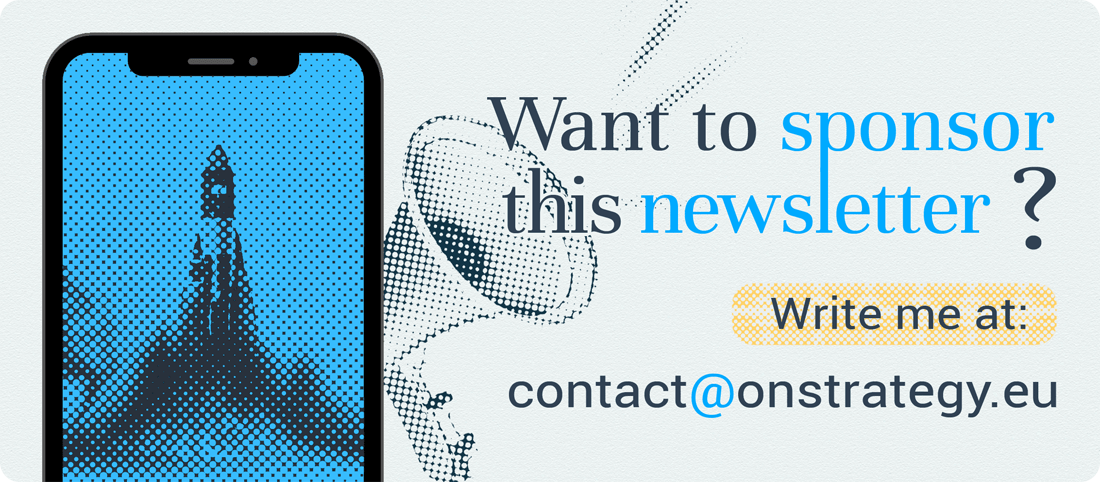
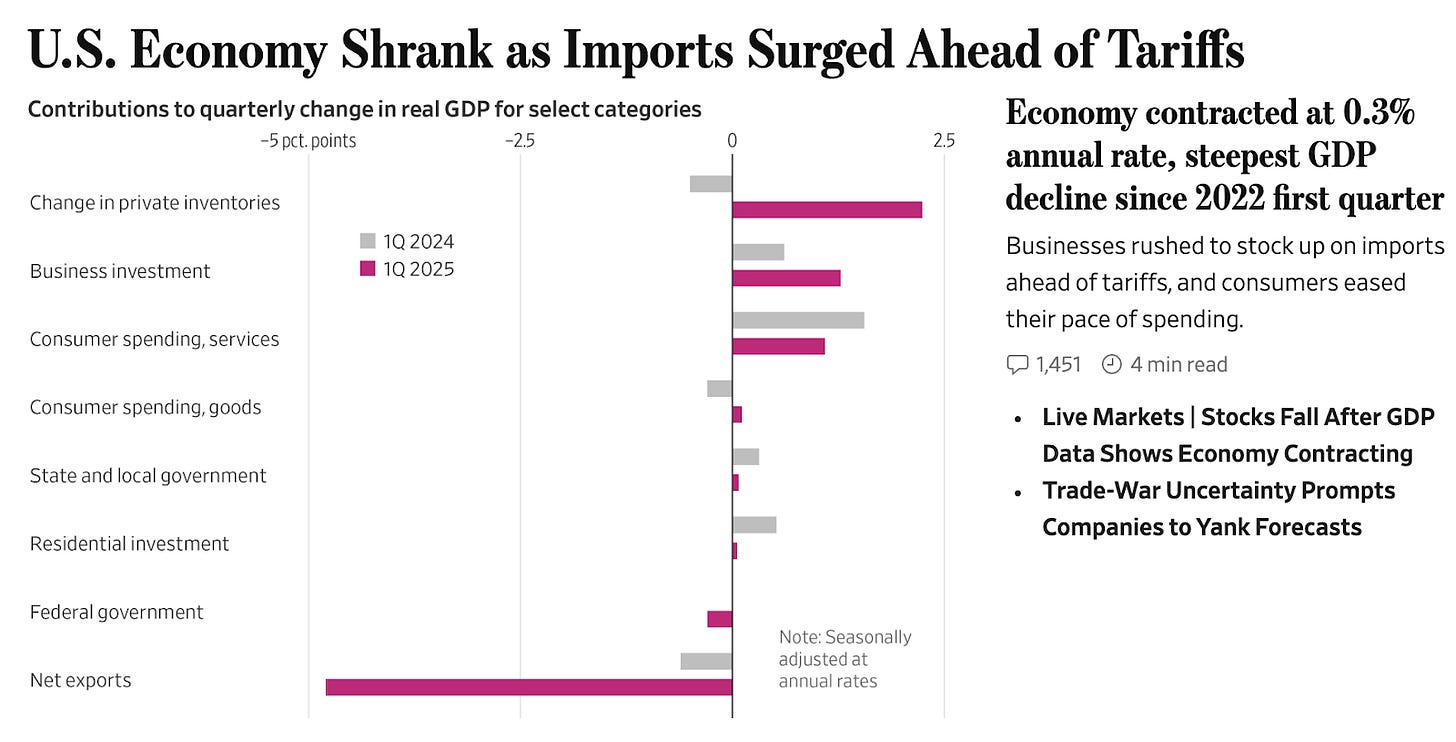
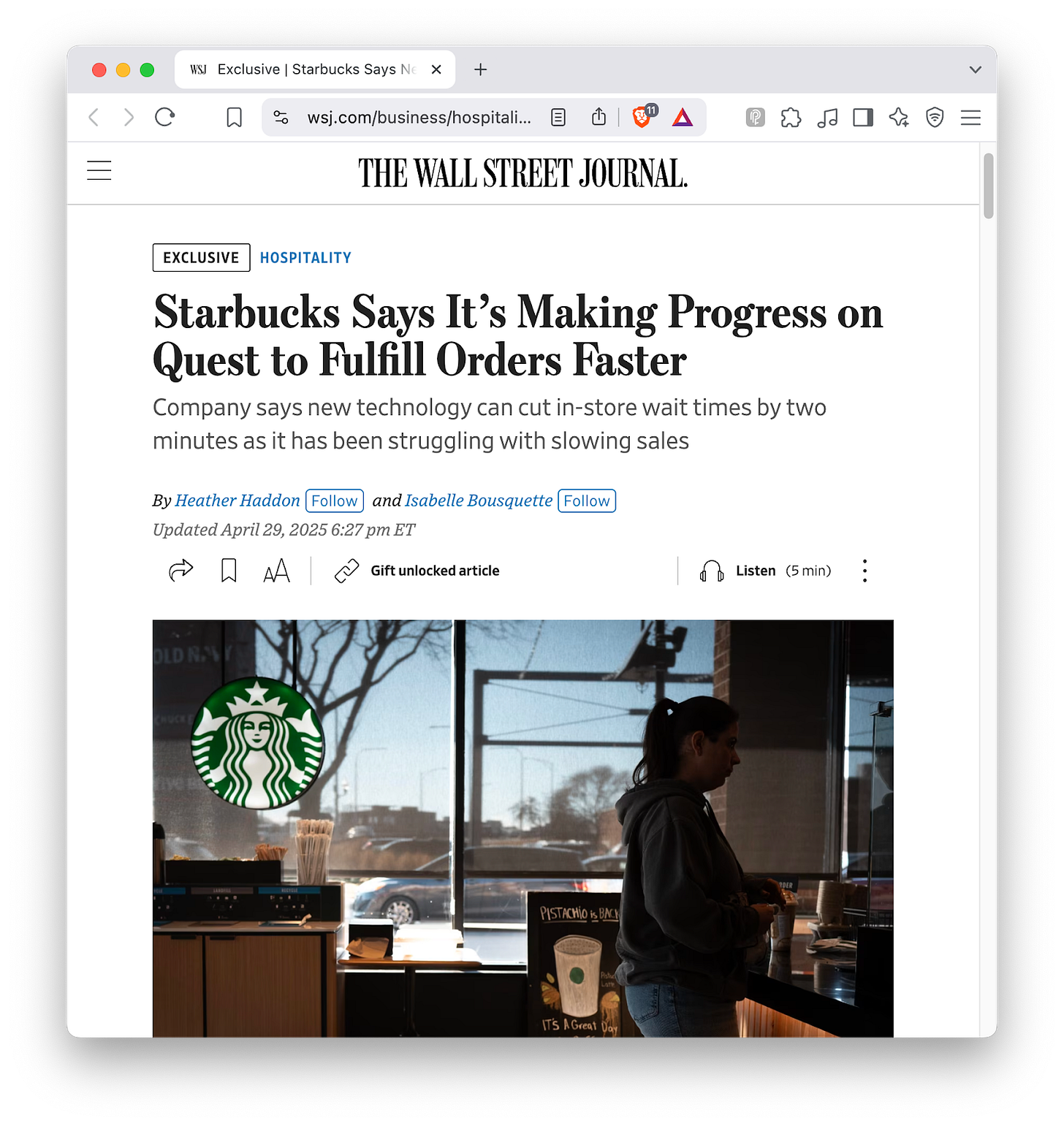
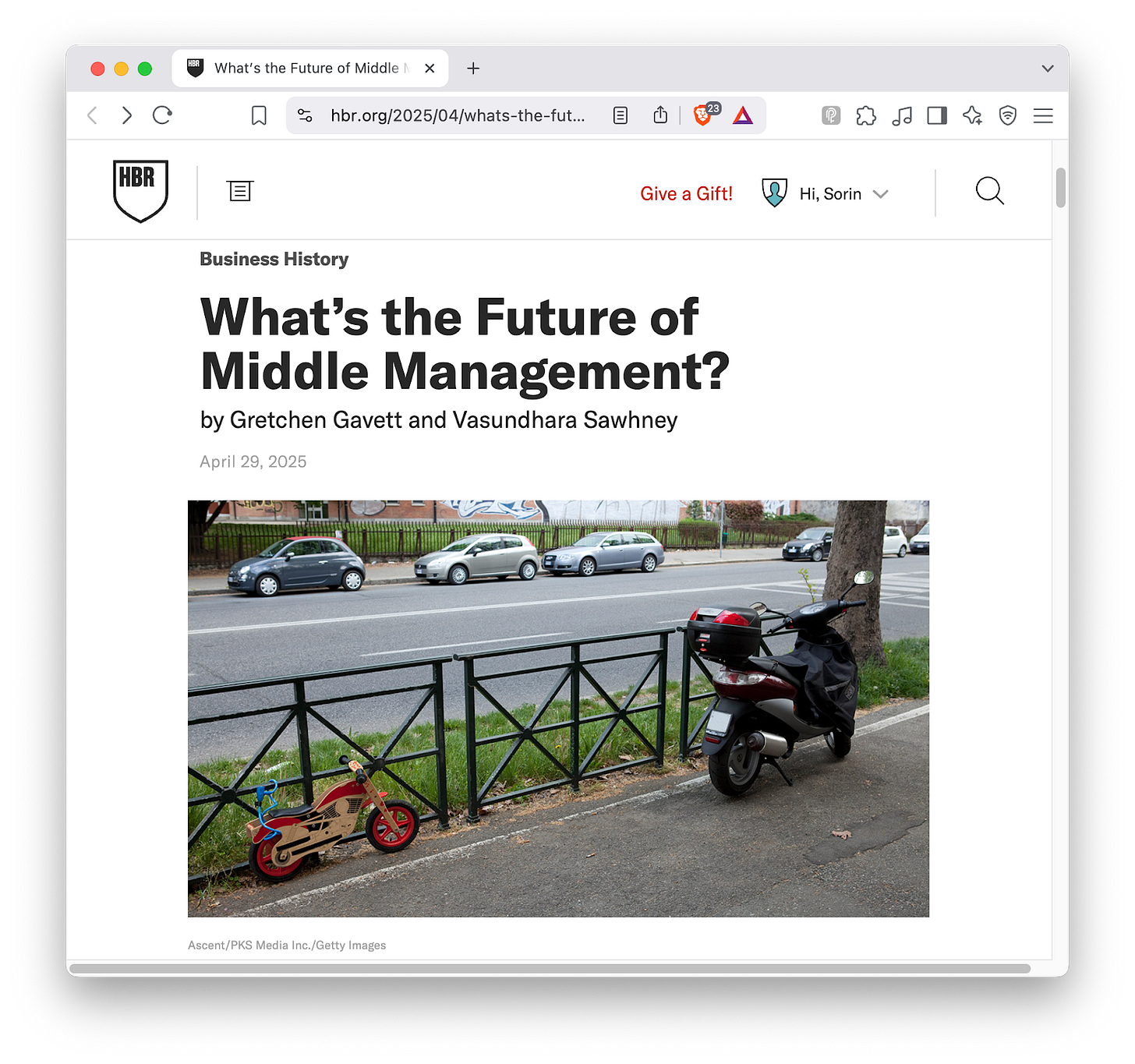
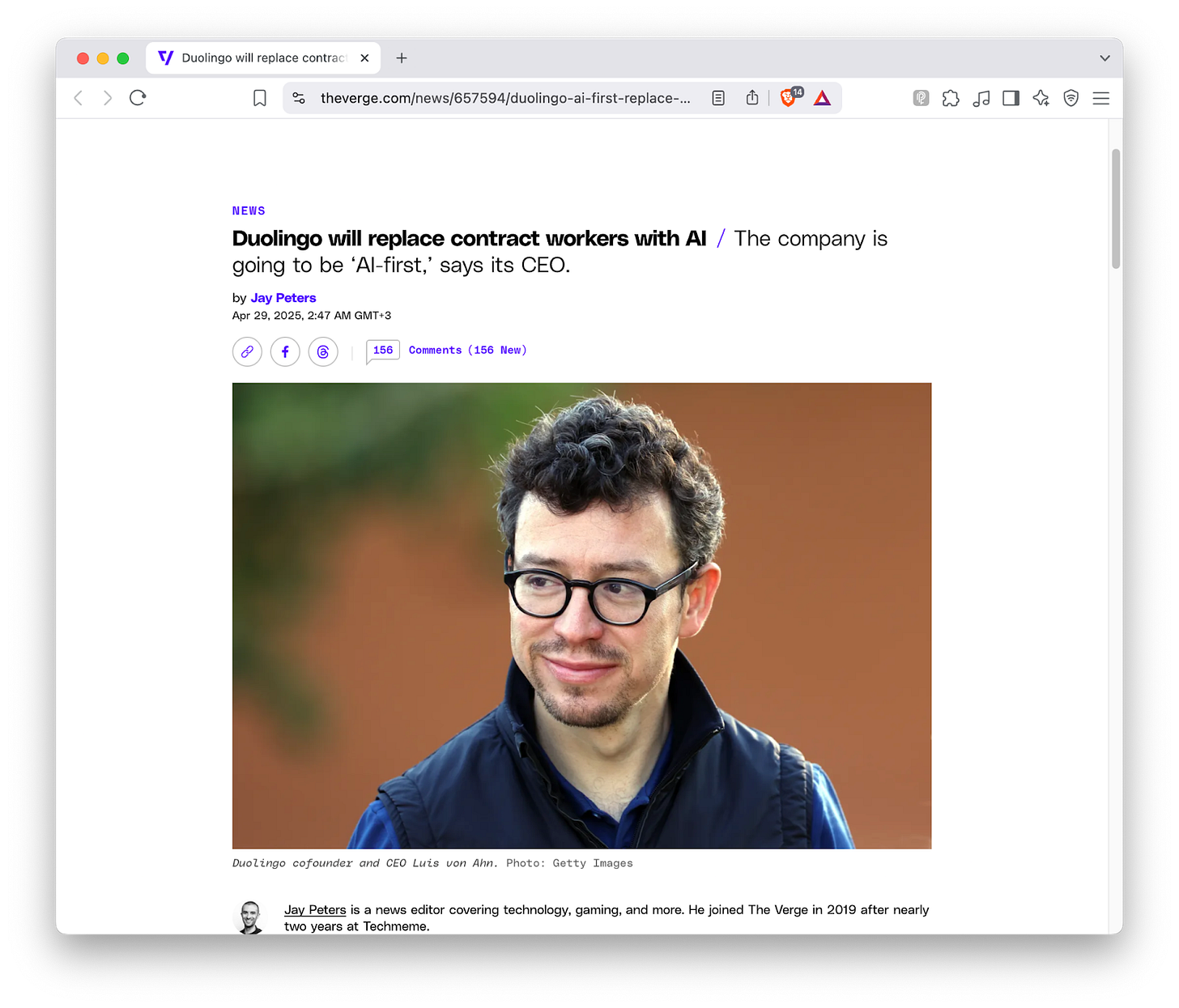

I don’t think middle managers are the problem. I think that having 50% of your company in middle management is the problem :)